
Glioblastoma multiforme (GBM) is the most lethal brain tumor, with a very poor prognosis. This is due to GBM highly aggressive and infiltrative nature, the limited delivery of drugs across the blood-brain-barrier (BBB) and their poor specificity towards cancer cells. To tackle these therapeutic hurdles, we are studying nanotechnology-based solutions, combining a pharmaceutical approach with magnetic hyperthermia. Our lipid-based nanovectors are made of biocompatible and biodegradable lipids and can encapsulate several kind of drugs as well as superparamagnetic iron oxide nanoparticles that can generate heat in the tumor site, if properly stimulated with alternated magnetic fields; they can be moreover functionalized to promote BBB crossing and patient-specific cell targeting.
- Pucci C., De Pasquale D., Marino A., Martinelli C., Lauciello S., Ciofani G. Hybrid magnetic nanovectors promote selective glioblastoma cell death through a combined effect of lysosomal membrane permeabilization and chemotherapy. ACS Applied Materials and Interfaces, 12: 29037-29055 (2020)
- Marino A., Camponovo A., Degl'Innocenti A., Bartolucci M., Tapeinos C., Martinelli C., De Pasquale D., Santoro F., Mollo V., Arai S., Suzuki M., Harada Y., Petretto A., Ciofani G. Multifunctional temozolomide-loaded lipid superparamagnetic nanovectors: Dual targeting and disintegration of glioblastoma spheroids by synergic chemotherapy and hyperthermia treatment. Nanoscale, 11: 21227-21248 (2019)
- Tapeinos C., Tomatis F., Battaglini M., Larrañaga A., Marino A., Aguirrezabal Telleria I., Angelakeris M., Debellis D., Drago F., Brero F., Arosio P., Lascialfari A., Petretto P., Sinibaldi S., Ciofani G. Cell membrane-coated magnetic nanocubes with a homotypic targeting ability increase intracellular temperature due to ROS scavenging and act as a versatile theranostic system for glioblastoma multiforme. Advanced Healthcare Materials, 8: 1900612 (2019)
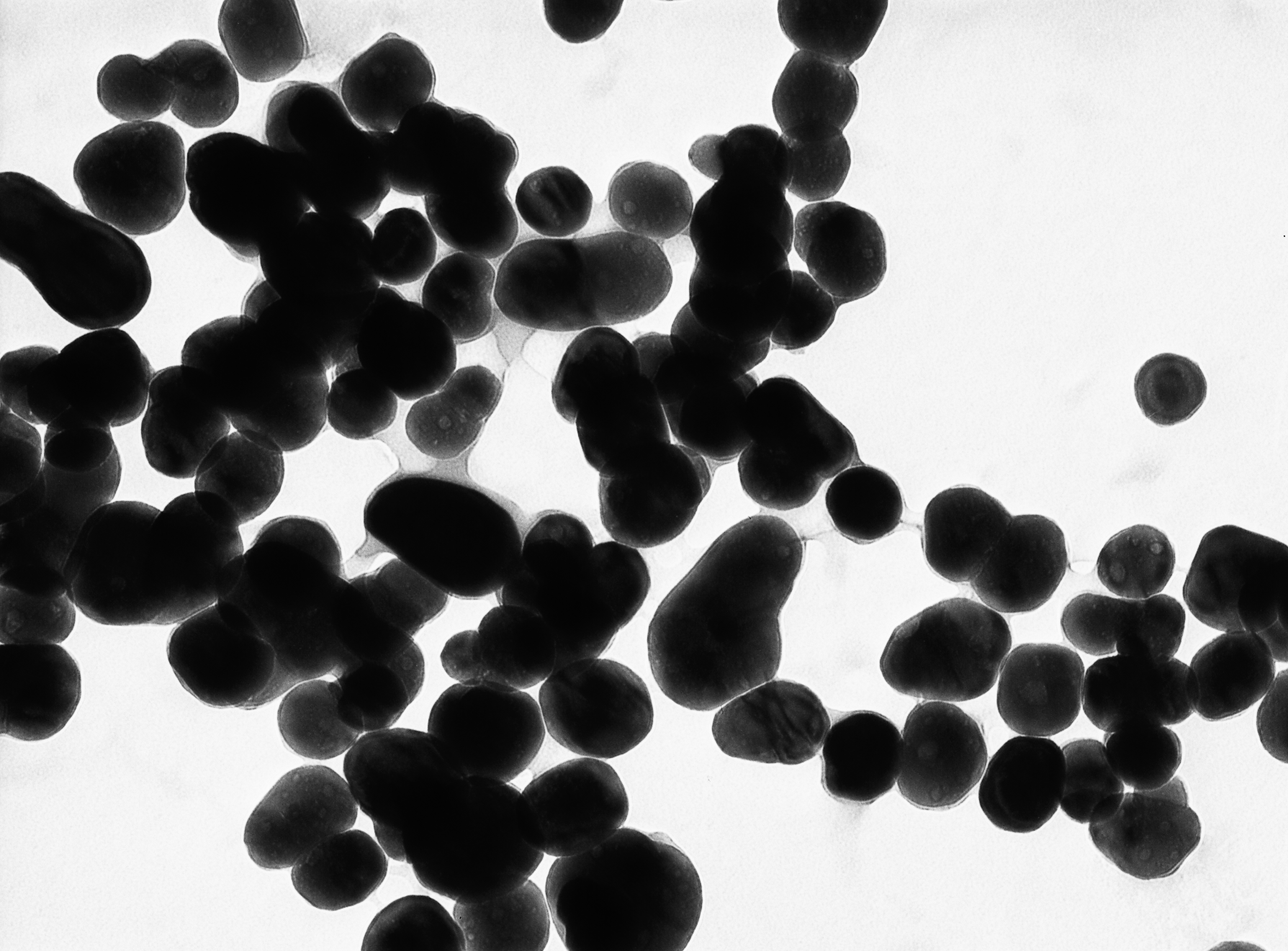
Electric stimulation of cells and tissues is an extremely powerful tool to both activate electrically excitable cells (e.g., neurons and muscle cells) and to control fundamental cell behaviors, such as proliferation, differentiation, and apoptosis of different cell types (e.g., malignant tumor and stem cells). The remote delivery of electric stimuli without the use of implantable electrodes represents a huge technological challenge in biomedicine. In our laboratories, piezoelectric nanoparticles have been developed and exploited for the first time to convert mechanical into biologically-relevant electrical cues. The piezoelectric stimulation has been demonstrated to be successful acutely, to increase neuronal activity, and chronically, to inhibit the proliferation of tumors through drug-loaded piezoelectric nanoparticles.
- Pucci C., Marino A., Sen O., De Pasquale D., Bartolucci M., Iturrioz-Rodríguez N., di Leo N., de Vito G., Debellis D., Petretto A., Ciofani G. Ultrasound-responsive nutlin-loaded nanoparticles for combined chemotherapy and piezoelectric treatment of glioblastoma cells. Acta Biomaterialia, 139: 218-236 (2022)
- Sen O., Marino A., Pucci C., Ciofani G. Modulation of anti-angiogenic activity using ultrasound-activated nutlin-loaded piezoelectric nanovectors. Materials Today Bio, 13: 100196 (2022)
- Marino A., Arai S., Hou Y., Sinibaldi E., Pellegrino M., Chang Y.T., Mazzolai B., Mattoli V., Suzuki M., Ciofani G. Piezoelectric nanoparticle-assisted wireless neuronal stimulation. ACS Nano, 9: 7678-7689 (2015)
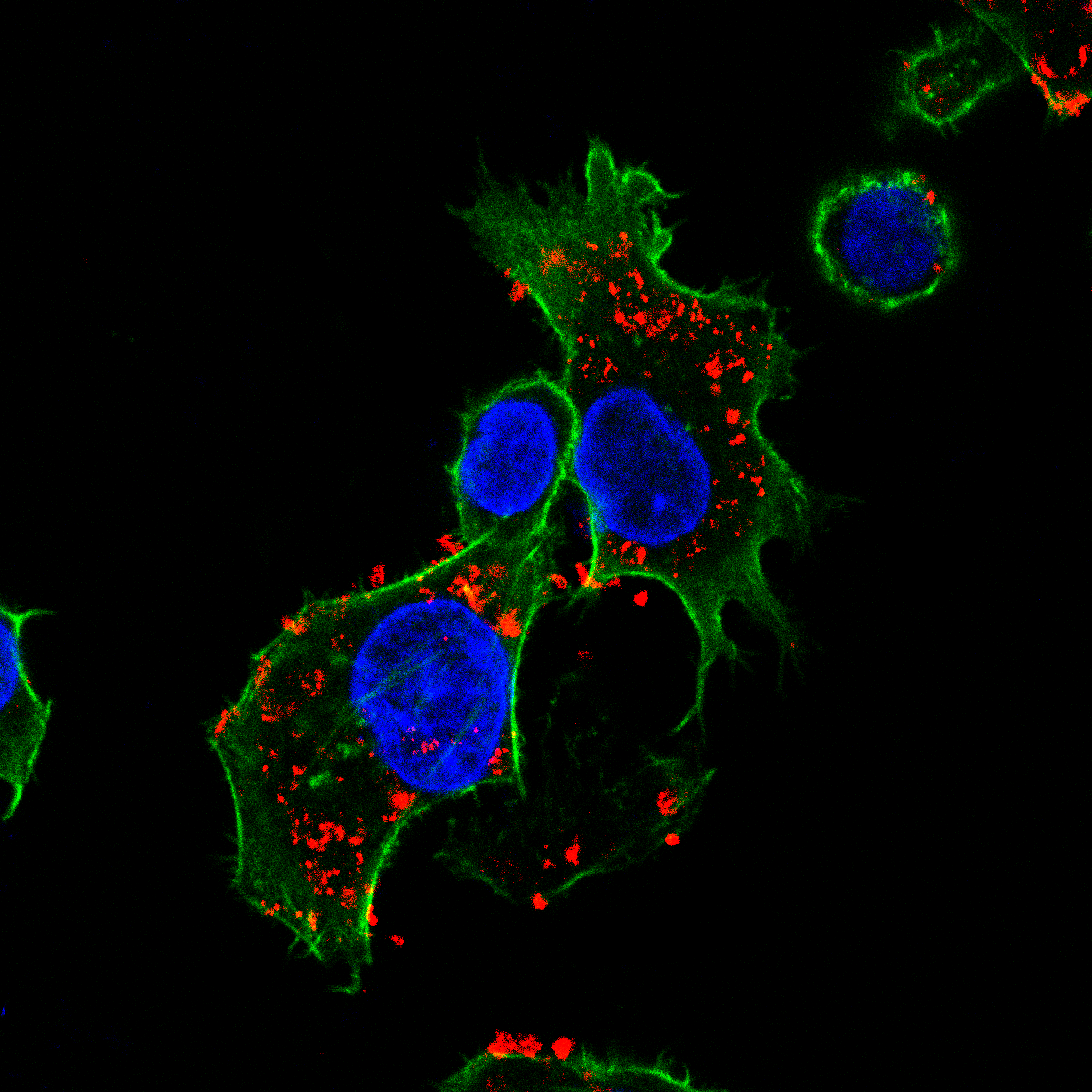
Reactive oxygen species (ROS) are at the basis of pivotal physiological functions. In physiological conditions, ROS levels are kept under control by the activity of antioxidant enzymes and molecules present in the body; however, when these mechanisms are overwhelmed by ROS, a condition of oxidative stress can arise causing oxidative damages to cellular components, and even leading to the development of severe pathological conditions. Despite some interesting results, the use of traditional antioxidant molecules has faced several obstacles including a limited antioxidant activity. The use of antioxidant nanoparticles promises to overcome the current limitations of traditional antioxidant molecules owing to the high antioxidant capacities of antioxidant nanoparticles, their tunability, and their capacity to be easily functionalized with targeting moieties. In our center, we are investigating the use of several antioxidant nanovectors including cerium oxide nanoparticles, polydopamine nanoparticles, and tannic acid iron oxide nanostructures.
- Battaglini M., Marino A., Carmignani A., Tapeinos C., Cauda V., Ancona A., Garino N., Vighetto V., La Rosa G., Sinibaldi E., Ciofani G. Polydopamine nanoparticles as an organic and biodegradable multitasking tool for neuroprotection and remote neuronal stimulation. ACS Applied Materials and Interfaces, 12: 35782-35798 (2020)
- Sen O., Emanet M., Marino A., Belenli Gumus M., Bartolucci M., Doccini S., Catalano F., Genchi G.G., Santorelli F.M., Petretto A., Ciofani G. Evaluation of the therapeutic potential of resveratrol-loaded nanostructured lipid carriers on autosomal recessive spastic ataxia of Charlevoix-Saguenay patient-derived fibroblasts. Materials and Design, 209C: 110012 (2021)
- Battaglini M., Tapeinos C., Cavaliere I., Marino A., Ancona A., Garino N., Cauda V., Palazon F., Debellis D., Ciofani G. Design, fabrication, and in vitro evaluation of nanoceria-loaded nanostructured lipid carriers for the treatment of neurological diseases. ACS Biomaterials Science and Engineering, 5: 670-682 (2019)
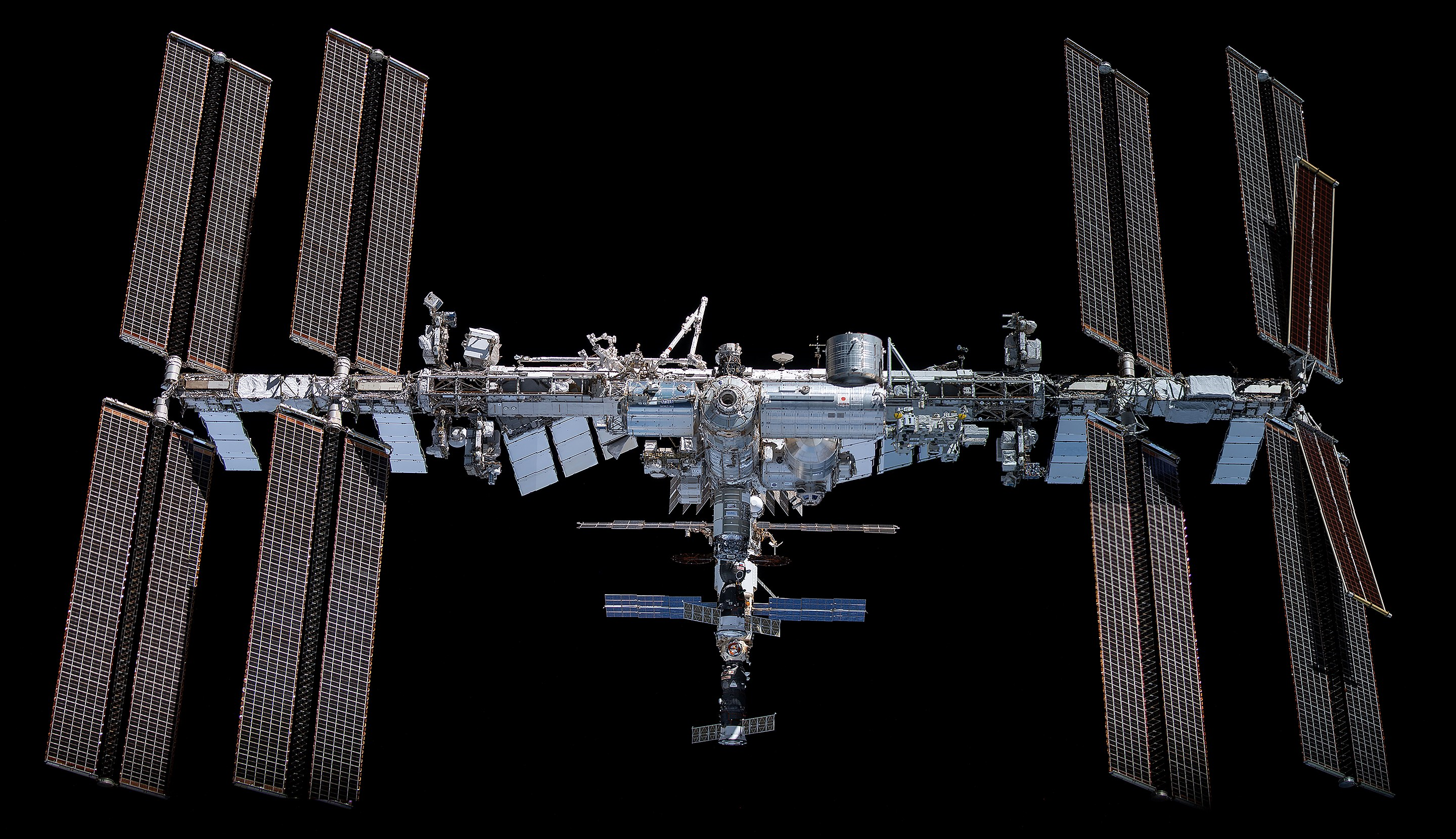
Human space exploration is expanding its frontiers from the low Earth orbit to the Solar System; by featuring mechanical unloading and gravitational transitions, as well as highly energetic cosmic radiation, space travels can pose significant health risk, and strongly demand for the elaboration of innovative technologies enabling progressively longer permanence in space. Far from the Earth, degenerative processes typically associated with aging and with exposure to several biotic and abiotic stressors are indeed significantly promoted, and they may concur with trauma to potentially life-threatening circumstances affecting astronauts. In our laboratories, multidisciplinary research is conducted to develop nanotechnology tools to support life in a hostile environment like space. Biological responses of cellular and animal models administered with nanomaterials and exposed to hypergravity, to simulated microgravity, or to real microgravity conditions (i.e., aboard the International Space Station) are studied to verify nanomaterial potentiality in mitigating adverse effects of altered gravity, in the hope of bringing benefit also to the aging terrestrial populations.
- Genchi G.G., Degl'Innocenti A., Martinelli C., Battaglini M., De Pasquale D., Prato M., Marras S., Pugliese G., Drago F., Mariani A., Balsamo M., Zolesi V., Ciofani G. Cerium oxide nanoparticle administration to skeletal muscle cells under different gravity and radiation conditions. ACS Applied Materials and Interfaces, 13: 40200-40213 (2021)
- Genchi G.G., Degl’Innocenti, Salgarella A.R., Pezzini I., Marino A., Menciassi A., Piccirillo S., Balsamo M., Ciofani G. Modulation of gene expression in rat muscle cells following treatment with nanoceria in different gravity regimes. Nanomedicine, 13: 2821-2833 (2018)
- Rocca A., Marino A., Rocca V., Moscato S., de Vito G., Piazza V., Mazzolai B., Mattoli V., Ngo-Anh T.J., Ciofani G. Barium titanate nanoparticles and hypergravity stimulation improve differentiation of mesenchymal stem cells into osteoblasts. International Journal of Nanomedicine, 10: 433-445 (2015)
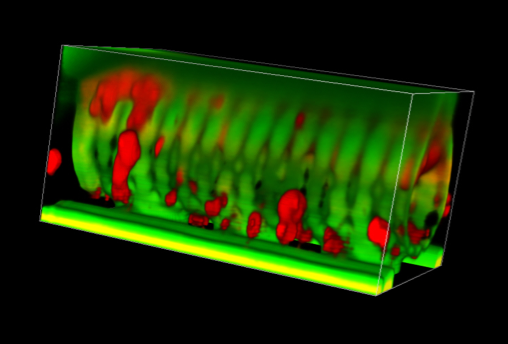
The physiological complexity of cellular interactions is often neglected in in vitro studies: these interactions can however affect the behaviour of the cells, and diversify the outcome of nanomedicine treatments. In vitro investigations on complex biomimetic systems allows obtaining results that are more predictive before moving towards pre-clinical testing. For this reason, in recent years, in vitro research focused its attention on more complex experimental set-ups with respect to the standard static 2D cultures. In our Center, we design, develop and test innovative multi-cellular fluidic bioreactors, with particular attention to the brain microenvironment. As an example, it is worth mentioning our pioneering 1:1 scale blood-brain barrier model, highlighted among the most disruptive results in the 2018 Annual Report on the ERC Activities and Achievements. Other examples involve fluidic systems able to provide physical stimulation to cells, owing to the coupling of piezoelectric materials with ultrasound stimulators.
- Marino A., De Pasquale D., Sinibaldi E., Ciofani G. System and method of cell co-culture. PCT/IB2020/059365, 06/10/2020; Italian patent 102019000018614, 20/09/2021
- Tricinci O., De Pasquale D., Marino A., Battaglini M., Pucci C., Ciofani G. A 3D biohybrid real-scale model of the brain cancer microenvironment for advanced in vitro testing. Advanced Materials Technologies, 5: 2000540 (2020)
- Marino A., Tricinci O., Battaglini M., Filippeschi C., Mattoli V., Sinibaldi E., Ciofani G. A 3D real-scale, biomimetic and biohybrid model of the blood-brain barrier fabricated through two-photon lithography. Small, 14: 1702959 (2018)
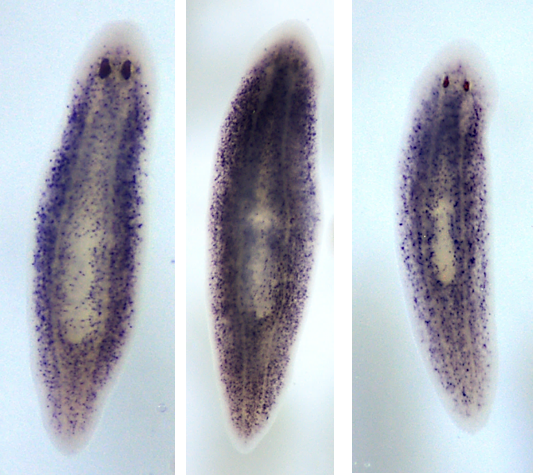
In addition to culturing cells, the center can count on planarian worms to validate bio-nanotechnologies in vivo. Planarians are simple organisms, popular in stem-cell research due to their exceptional regeneration capabilities and ease of maintenance. Toxicological screenings, behavioral experiments, and genetic assays are all standardized procedures for planarians, which makes them precious allies in biomedical testing.
At our Center, areas of research with a significant involvement of planarian worms include the characterization of antioxidant nanoparticles against space-elicited oxidative stress, as well as the impact of chlorophyll derivatives on animal vision.
- Salvetti, A., Degl’Innocenti, A., Gambino, G., van Loon, J. J., Ippolito, C., Ghelardoni, S., Ghigo, E., Leoncino, L., Prato, M., Rossi, L., Ciofani, G. Artificially altered gravity elicits cell homeostasis imbalance in planarian worms, and cerium oxide nanoparticles counteract this effect. Journal of Biomedical Materials Research Part A, 109: 2322-2333 (2021)
- Salvetti, A., Gambino, G., Rossi, L., De Pasquale, D., Pucci, C., Linsalata, S., Degl’Innocenti, A., Nitti, S., Prato, M., Ippolito, C., Ciofani, G. Stem cell and tissue regeneration analysis in low-dose irradiated planarians treated with cerium oxide nanoparticles. Materials Science and Engineering: C, 115: 111113 (2020)
- Degl’Innocenti, A., Rossi, L., Salvetti, A., Marino, A., Meloni, G., Mazzolai, B., Ciofani, G. Chlorophyll derivatives enhance invertebrate red-light and ultraviolet phototaxis. Scientific reports, 7: 1-8 (2017)